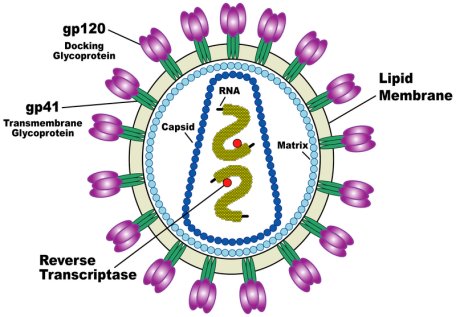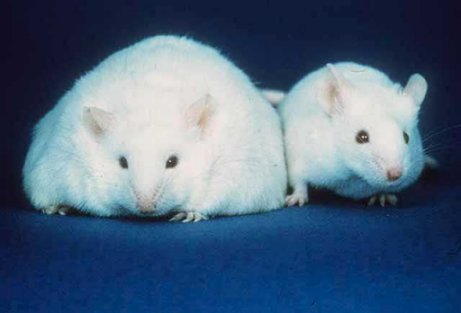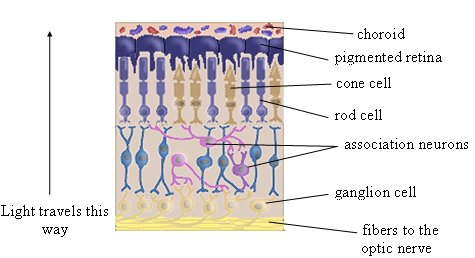Dr. Stephen Meyer’s book, Signature in the Cell is an enormous success. It was named one of the New York Times Times Literary Supplement books of the year by a well-respected atheist. It was on Amazon’s top ten science books of 2009. It has been called a “landmark in the intelligent design debate” by a prominent professor of medical genetics, “a ‘must read’ for all serious students of the origin-of-life debate” by an accomplished PhD in ocean chemistry, and a “decisive case based upon breathtaking and cutting-edge science” by a chemistry professor who is a member of the National Academy of Sciences.
Of course the real way you can see how successful the book has been is to read the hysterical reviews from those who disagree with its conclusions. Many of the reviews are quite comical. For example, on this blog I highlighted Dr. Francisco Ayala’s pathetic review where he not only displays his unfamiliarity with genetics, but he also displays the fact that he hasn’t even read the book.
Well, now you can go to one place to find many of these amusing reviews as well as how poorly they fare when they are evaluated based on science: the online book Signature of Controversy. This book is 105 pages of snarky (one section is called “Attack of the Pygmies”), detailed, and scientifically devastating arguments that show how poorly the critics of Signature in the Cell deal with the science related to the origins debate.
In some ways, this book is even better than Signature in the Cell. After all, the case made by Signature in the Cell is very impressive. However, while I was reading it, I kept asking myself, “What will the critics say about this?” After all, if you want to be truly educated on an issue, you must examine it from all sides. Well, with the help of this book, you can see what the critics have to say, and you can see how poorly what they say compares to science as we know it today.
Often, you can judge the quality and impact of a work based on what its critics have to say about it. The weaker and more desperate the critics’ arguments, the stronger and more important the work. Based on the criticisms leveled at Signature in the Cell, it is clearly one of the strongest and most important books related to the origins controversy.








